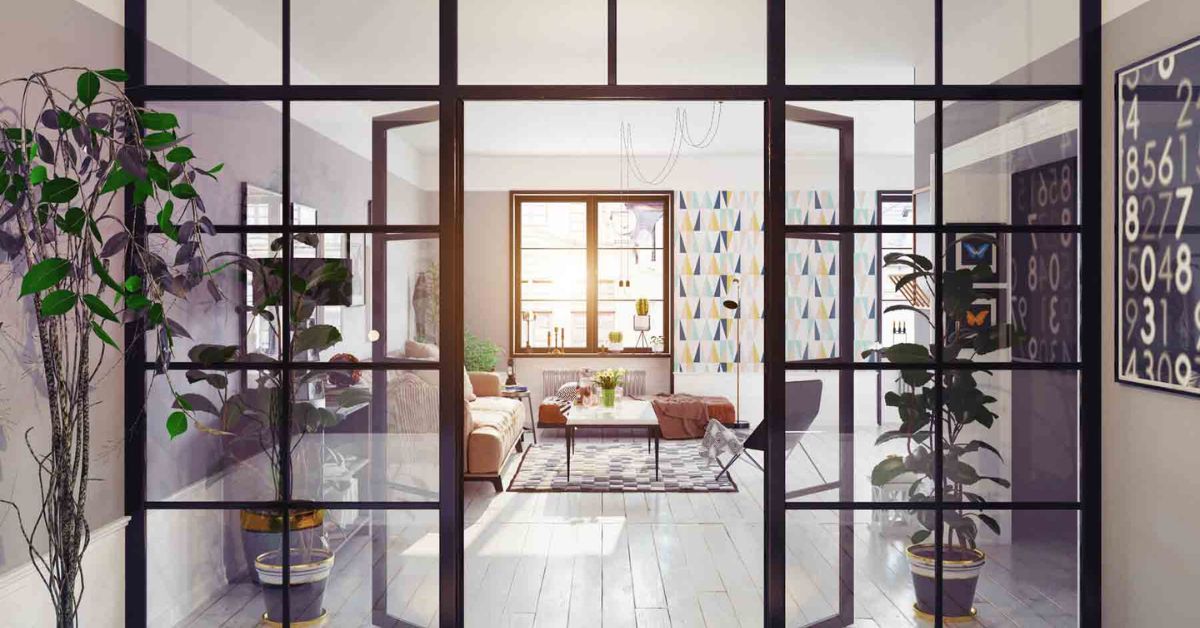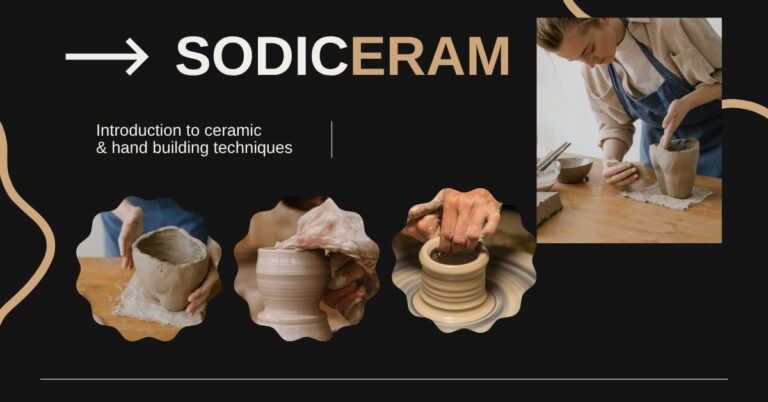How to Estimate Glass Partition Wall Cost

Glass partitions have become a popular choice for modern offices and homes. They allow for more natural light, create a sense of openness, and add a sleek, contemporary look to interiors. Whether you are planning to redesign your office layout or add a stylish divider at home, one of the first questions people ask is: “What is the actual glass partition wall cost?”
In this guide, we’ll break down the different factors that affect pricing, provide cost-saving tips, and explain why working with an experienced glass contractor is essential for achieving both functionality and design goals.
Why Choose Glass Partitions?
Before diving into costs, it’s important to understand why glass partitions are such a popular architectural feature:
Maximize Natural Light – Glass partitions brighten up workspaces and reduce the need for artificial lighting.
Modern Aesthetic – They provide a sleek, professional look that enhances both residential and commercial interiors.
Flexible Layouts – Partitions can be fixed or movable, allowing flexibility for growing businesses or adaptable home designs.
Improved Privacy Options – Frosted, tinted, or acoustic glass options offer both style and functionality.
Long-Term Investment – Glass partitions are durable and often outlast cheaper drywall alternatives.
Average Glass Partition Wall Cost
The cost of glass partition walls varies depending on design choices, installation complexity, and materials. On average:
Basic framed glass partitions: $40 – $80 per square foot
Frameless glass systems: $80 – $120 per square foot
Acoustic or frosted partitions: $100 – $150 per square foot
High-end custom solutions: $200+ per square foot
Factors That Influence Pricing
Several variables determine the final price of a glass partition system:
1. Type of Glass
Clear tempered glass is the most affordable and widely used.
Frosted or tinted glass offers privacy and style but adds cost.
Acoustic laminated glass is ideal for offices but requires specialized installation.
2. Partition Style
Framed systems use aluminum or steel framing and are generally more budget-friendly.
Frameless systems provide a seamless aesthetic but require precision engineering.
3. Size and Height
Larger walls naturally cost more, and floor-to-ceiling installations are pricier than half-height dividers.
4. Installation Complexity
Custom openings, curved glass, or integration with doors can add significantly to labor costs.
5. Hardware and Accessories
Handles, hinges, sliding systems, and finishes (matte black, stainless steel, bronze) affect overall pricing.
Benefits of Investing in Glass Partitions
While cost is important, glass partitions deliver long-term value that often outweighs the initial investment:
Boost Productivity – Offices with glass walls often report higher employee satisfaction due to better lighting and openness.
Increase Property Value – Stylish architectural glass can make residential and commercial properties more attractive to buyers or tenants.
Low Maintenance – With proper cleaning, glass partitions remain clear and elegant for years.
Sustainability – Glass is recyclable and supports eco-friendly design principles.
Tips to Save on Glass Partition Wall Cost
Choose Standard Sizes – Custom glass panels are more expensive than standard dimensions.
Opt for Framed Systems – They are easier to install and less costly than frameless options.
Plan Early – Incorporating glass partitions during initial design saves more than retrofitting later.
Work with Experienced Contractors – Hiring specialists ensures accurate installation, reducing repair or replacement expenses.
Mix and Match – Combine drywall with glass panels instead of full-height glass walls for a cost-effective balance.
Glass Partitions for Offices
In commercial settings, glass partitions create transparent, collaborative environments. They can be installed as:
Conference room enclosures
Cubicle replacements
Private office dividers
Reception area walls
For businesses, the main considerations are acoustic performance, privacy, and brand image. Acoustic laminated glass, for example, reduces noise without sacrificing transparency.
Glass Partitions for Homes
Glass partitions are not just for offices—they are increasingly popular in modern residential design:
Living room dividers – Create separate spaces while keeping an open feel.
Kitchen partitions – Reduce cooking odors while maintaining visibility.
Bathroom enclosures – Frameless glass walls give a spa-like luxury.
Home offices – Perfect for remote workers needing a quiet but visible space.
Choosing the Right Contractor
When investing in glass partitions, the right contractor makes all the difference. Look for:
Experience in architectural glass systems
Portfolio of both commercial and residential projects
Custom design capabilities
Transparent pricing
Quality materials and warranties
Final Thoughts
Understanding glass partition wall cost requires looking at materials, design, and installation. While initial prices may seem higher than traditional partitions, the long-term benefits in design, productivity, and property value make them a smart investment.
If you are considering glass partitions for your home or office, consult with experts like mannleecw.com, who can provide custom pricing and design recommendations to match your project needs.
Also Read: Pentikioyr: he Mystery and Meaning Behind a Cultural Touchstone






